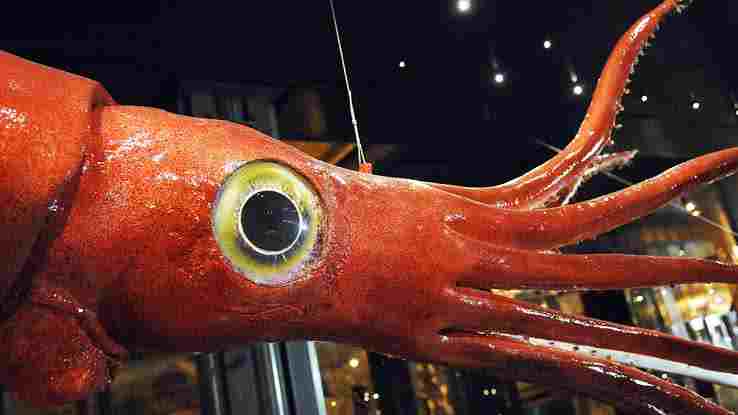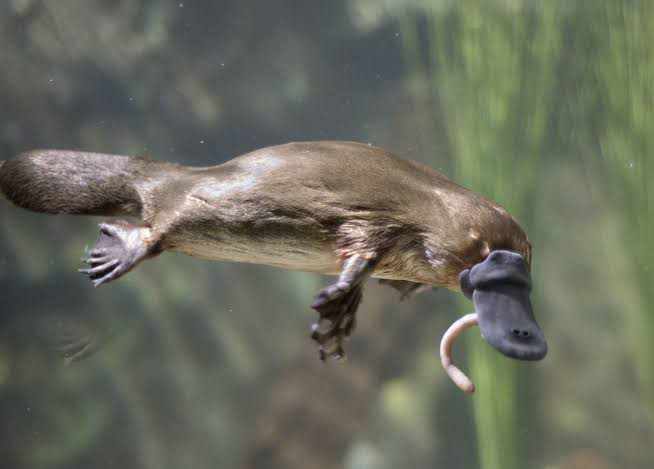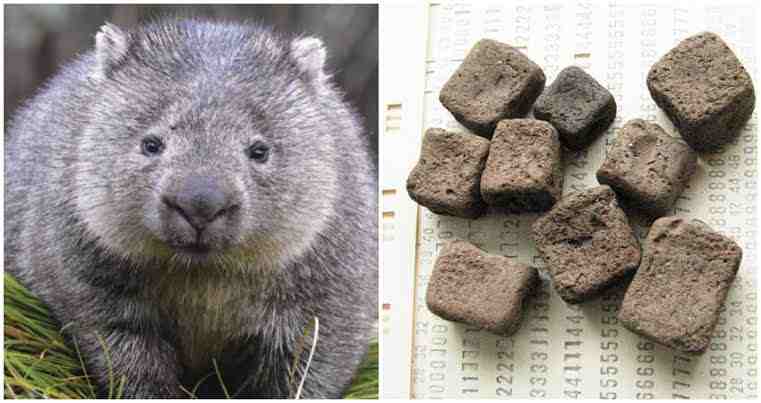Topics in Biology
Cellular respiration in biology Len Academy biology mock questions for waec Len Academy biology midterm questions for SS1, 2nd Term Characteristics of saltwater habitat Aquatic habitat explained with its types Types of habitat: Terrestrial habitat explained with examples What is habitat? Difference between plant cell and animal cell Nucleus explained with its structures Nucleus explained with its types and functions Organelles of the cell explained with their characteristics Eukaryotic cell explained with its characteristics Prokaryotic cell explained with its structure Characteristics of prokaryotic cell Concept of cell Cell theory in biology Importance and limitations of ecological pyramid Protists explained with their characteristics Contents of the scrotum: Epididymis, vas deferens, spermatic cord and cremaster muscle Tropical savanna explained with its characteristicsAcademic Questions in Biology

From the above diagram, which of the organ below isn't a requirement for the male reproductive system?
A. Bladder
B. Ureter
C. Glans Penis
D. Testis
E. Bulbourethral Gland
F. Epididymis
A walnut shaped male accessory sex organ located between the bladder and penis is the _____.
A. Ductus Ejaculatorii
B. Bulbourethral Gland
C. Prostate Gland
D. Ductus Deferens
E. Seminal Vesicles
F. Epididymis
In a food chain, the primary consumers are classified under trophic level _____.
A. Zero
B. One
C. Two
D. Three
E. Four
F. Five
Cold blooded animals are referred to as _____.
A. Homeotherms
B. Endotherms
C. Poilokitherms
D. Ectotherms
E. Thermotherms
F. None of the above
All reptiles are vertebrates.
A. True
B. False
_____ cells are responsible for the formation of osteoblasts.
_____ is a bone that constitute the axial skeleton.
Which of the following is false concerning cartilages and bones?
An adult human being has a total of 206 bones while a newly born child will have even more.
It is important you have some knowledge on the bones that make up the human skeleton. This will prove useful towards understanding the explanations below.
Please read on bones of the human skeleton here.
Bones can be classified into 4 types based on a number of criteria. These are:
Classification of bones based on shape
Classification of bones based on structure
Classification of bones based on development
Classification of bones based on bodily region
Please read the classification of bones based on structure, development and bodily region here

We have 7 types of bones with regards to their shape. They are enumerated and explained below:
These bones are long in appearance because they typically have an elongated shaft called diaphysis and two expanded ends on either side of the diaphysis. These expanded ends are termed epiphysis.
The epiphysis is covered with an articular cartilage since joints are formed around them.
Please read more on cartilages here.
Within the shaft of long bones is a space or cavity called the medullary cavity. The medullary cavity contains the bone marrow.
Bone marrow is classified into 2 types. These are:
Red bone marrow
Yellow bone marrow
The blood cells are produced in the red marrow of spongy bones.
Please read on spongy bones here.
Recall that blood cells include:
Red Blood Cells or Erythrocytes
White Blood Cells or Leukocytes
Platelets or Thrombocytes
Please read on red blood cells here
Categories of long bones
We have three categories of long bones. These are:
Please read on skeleton and its functions here.
They are short is appearance and are named according to their respective shapes.
The bones comprising the wrist (carpal bones) and ankle (tarsal bones) are typical examples of short bones.
The carpal bones includes:
scaphoid
Lunate
Triquetral
Pisiform
Trapezium
Trapezoid
Capitate
Hamate
The tarsal bones are:
Calcaneus
Navicular
Talus
Medial Cunieform
Intermediate Cunieform
Lateral Cunieform
Cuboid
You can read on the type of bone cells here.
These bones look like the sesame seed and are embedded within the joint capsules.
Sesamoid bones will usually develop inside a tendon, thus are usually present within joints. They will ossify only after birth.
Please read amazing facts in biology here
A typical example of a sesamoid bone is the patella found in the kneecap or knee joint.
They are thin and broad in appearance with two main surfaces. Their surfaces aid in the attachment of various muscles.
Examples of flat bones include the scapula, the sternum (breast bone), ribs and bones that make up the roof of the skull.
These bones have a variety of shape, hence the name 'irregular bone'. Depending on their location, irregular bones could be flat, short or notched in shape.
Irregular bones are found in the pelvis, vertebrae and at the base of the skull.
Although these bones are irregular in shape, they are also very light because of the presence of large air cavities or spaces within them.
Examples of pneumatic bones are the maxilla, sphenoid and ethmoid bones. These aforementioned bones contribute to the lightness of the skull.
You can read on the uniqueness of man here
The sutural bones are also referred to as wormian bones or intrasutural bones. They are small and flat with irregular shapes.
Just like the pneumatic bones, they also makeup a part of the skull.
Examples of sutural bones are the inca bone (Os Incae) and pterion ossicle.
Kindly share this article via the links below:

Please click here to contact Alfred if you require any of the following services:
If you need a standard website at an affordable price.
Online training on the academic subjects: biology, chemistry and basic science.
If you require an advanced smart school management system (web application) for your school.
Click here to read on Len Academy Smart School Software.
Please click here to follow Len Academy on Google News.
Amazing facts in Biology
Russia is home to the largest area of forest in our world with a land mass of 815 million hectares

Giant squid lives deep in the ocean and they have the largest eyes in the world
The movements of the fingers are controlled by muscles of the palms and forehands

Platypus (sometimes referred to as the duck-billed platypus) is an egg-laying, semiaquatic mammal found in eastern Australia. It has no stomach and as such, its food goes from the mouth through the esophagus and directly to their intestines.

Pufferfish contain a toxin called tetrodotoxin. This makes them foul tasting and poisonous to predators. Tetrodotoxin is about 1,200 times more poisonous than cyanide, and there is enough toxin in one pufferfish to kill 30 adult humans. Unfortunately, there isn't any known antidote to this poison.
Interestingly, a delicacy in Japan (called fugu) is made from pufferfish. This meal is very expensive, and must be prepared by trained and licensed chefs. An improper preparation of fugu may lead to the customer's death. Sadly, such deaths are recorded annually

Wombats are the only animal with a cube-shaped poo. They can stack up these cube-shaped poo, marking their territory with it

Robert Wadlow (1918–1940) remains the tallest man ever recorded in the Guinness World Records. He was an American who stood at 8 feet, 11 inches.
An abnormally enlarged pituitary gland had resulted into Robert Wadlow's giant size.
Cockroach is the fastest land animal on six legs

Like humans, all apes laugh when tickled

An ostrich's eye is bigger than its brain
Notable points in Biology

An artery is composed of three layers:
The outermost layer is termed tunica adventitia (or tunica external). It consist mainly of collagen fibres and connective tissues that anchors the arteries to other nearby tissues.
The middle layer is named tunica media. It is made up of smooth muscles and elastic fibres that supports the artery in conveying blood at high pressures.
The inner layer is called tunica intima (or tunica internal). It is lined by a smooth tissue called endothelium, and is made up of a fine network of connective tissues.
All living organisms possess various features in order to survive in their environment. This is the concept of adaptation. As an instance, a fish is able to live in water because it has gills and fins.
Also, a camel is able to survive in the desert because it has large feet to aid walking on sand without sinking. It also has long eyelashes to help protect it from the blowing sand and wind.
Plants are also able to live in different habitats because they have the required adaptive features towards that habitat. For instance:
Plants that live in/on water are termed hydrophytes.
Plants that live on land with moderate amount of water are termed mesophytes.
Plants that live on deserts or arid lands are termed xerophytes.
The point is:
All organisms have various features on them that enables them adapt in their habitat
For a thing to be considered living, it must possess all the basic characteristics of life. These include:
Movement
Respiration
Nutrition
Irritability or Sensitivity
Growth
Excretion
Reproduction
Death
Adaptation
Competition
Please read the explanations on all the basic characteristics of life here
During strenuous exercises like sprinting or running, your body may actually work in the shortage of oxygen. During this time, your body owes oxygen (called oxygen debt) and it must be replenished or repayed after the exercise is stopped. This is why you breathe excess of oxygen after you stopped the exercise.
This is the concept of anaerobic respiration

A food chain is a diagram that shows the relationship between plants and animals within a habitat on the basis of how they rely on each other for food.
Note: Habitat is a place where an organism live. It is of three types: